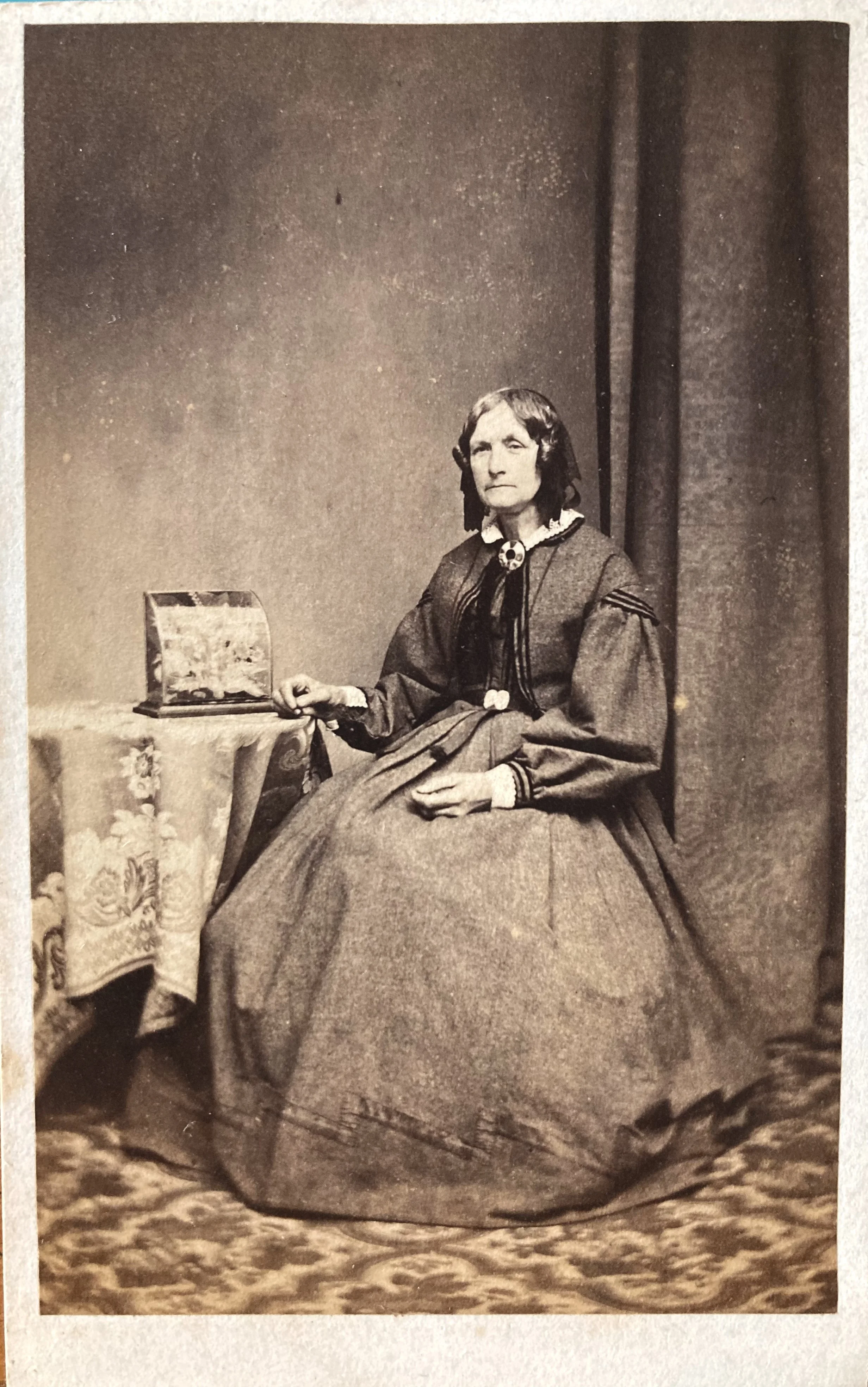Phantom Souvenirs
by
Stephen Lovatt
Artist in Skeleton Leaves
Stephen Lovatt studied Fine Art at Norwich School of Art, and it was there he met his life-partner, Susan. Following graduation they based themselves in Bristol. Stephen specialised in meticulously observed somewhat other-worldly still life paintings, depicting objects accumulated over many years, and preserved because of their association with people, places and particular circumstances.
Many of these works, and the souvenirs they portrayed - along with most of his other possessions - were lost or damaged in a house fire in 2013. Although his few surviving paintings were subsequently exhibited at the Tobacco Factory in Bristol, the hiatus in his creative output was to last a decade.
Susan Lovatt was diagnosed with terminal cancer in 2020. In the final months of her life Stephen mooted the idea of his using skeleton leaves to create artworks. Although she knew she wouldn’t live to see them, Susan’s encouragement was the catalyst for the creation of these Phantom Souvenirs.
About Phantoms
“They are spirits of flowers that blossomed and died Long since in the garden - its beauty and pride; Yet they rise from corruption in robes new and bright, As vision-like phantoms, all spotless and white.”
This verse is from an American publication of 1864:
In the nineteenth century the art of skeleton leaves - along with such activities as hair art, feather art, and shell art - was practised on both sides of the Atlantic, for the most part by genteel ladies with sufficient free time to devote to their creation. My copy of this book, rather charmingly, still contains leaves pressed by the original Victorian owner:
“The making requires great nicety, but the effect of the whole work, when completed, is very ornamental.”
(Mrs C. S. Jones and Henry Williams: ‘Fancy Work with Leaves, Flowers and Grasses.’ 1875)
Ghostly, diaphanous leaf sculptures were referred to at the time as Phantom Flowers and Phantom Bouquets. Such domestic handiwork, protected from dust and damage by a glass shade, would ornament a sideboard, or grace the dining table. Others took the form of a shadow-box to hang from the wall. All were designed to “beautify the home.”
“Phantom Bouquets, so universally admired by all who can appreciate the chaste and beautiful in art.”
(‘A Treatise on the Art of Producing Skeleton Leaves.’ Boston: J. E. Tilton & Co. 1864)
For those unable to create their own phantoms, they could be had in the form of stereographs. I have examples produced for the mass market by publishers such as E & H. T. Anthony (New York), J. P. Soule (Boston), and the London Stereoscopic Company:
An effective three-dimensional image is rendered with the aid of a hand-held stereoscopic viewer of the period:
Some phantoms were intended to commemorate a lost loved-one, such as here, ‘Beautiful in Death’:
Others memorialised prominent public figures, such as politicians and opera singers, and would feature a portrait of the deceased. This, by Soule of Boston, depicts George and Martha Washington:
On occasion, seemingly extraneous ornaments would be introduced, creating a kind of fairy-tale tableaux:
In the Victorian Age professional studio photographers would stage their portraits with various props such as wax flowers or taxidermy displays, as in these cartes de visite from my collection:
In this example, the sitter is accompanied by a glazed box containing skeleton leaves:
That the art of skeleton leaves was both popular and highly regarded is evidenced by the ‘Proceedings of the Royal Horticultural Society,’ 29th June 1880, when a “Silver Gilt Flora medal (was) awarded to Mrs Hodgkins for Skeleton Leaves, Flowers and Ferns.”
I have an original shadow-box containing an arrangement of skeleton leaves by Mrs Hodgkins that is testament to her artistry, and is in remarkable condition for a collection of fragile organic material 150 years old:
The original label to the rear of this shadow-box reads:
“A collection of Skeleton Leaves, Flowers, Seedvessels, &c, by Mrs. M. Hodgkins, Artist in Botanical Anatomy, to whom has been awarded an International Gold Medal, and also Gold Medallist of the Royal Horticultural Society, London, and many others.”
Yet by the turn of the twentieth century these exquisite parlour decorations were viewed as the epitome of Victorian bric-a-brac. As with so many of the sparetime occupations and accomplishments of our ancestresses, their diligence and evident skill was undervalued and thence overlooked. Decorative arrangements of skeleton leaves were deemed unworthy of preservation, and most were lost forever, their very existence all but forgotten.














